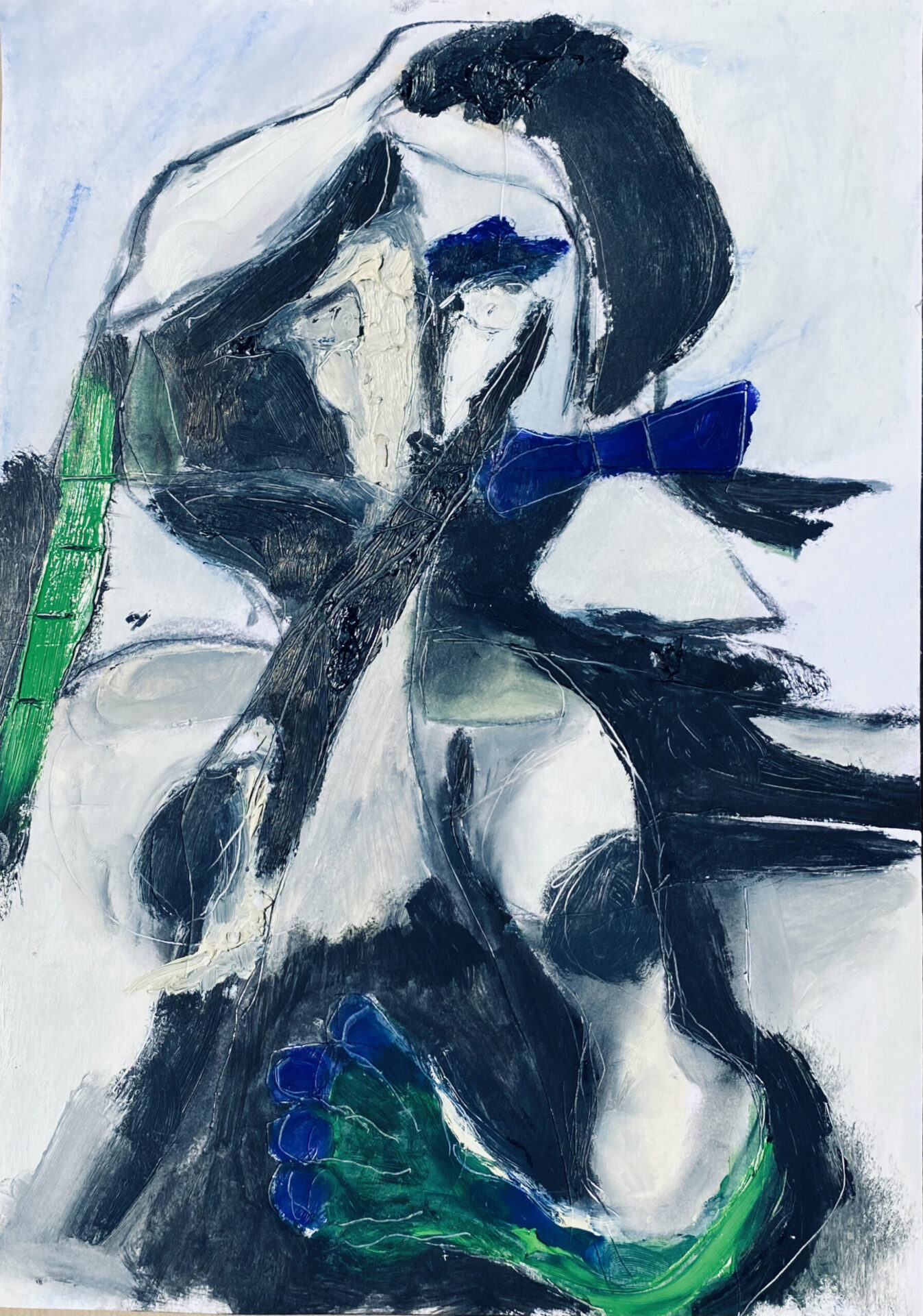In this day and age, when fake news is on the minds, “What is the truth?” a very current question. According to Willem Boronski, this presents a good opportunity for art. Nothing else can interpret and explain the world around us as well as art can.
Art can make the truth visible and show that in reality everything is connected. The starting point here is man in relation to nature. As a human being you are in contact with everything around you: the cosmos, fellow humans, trees, flowers, animals, etc. In art it is possible to make something visible that would otherwise have remained invisible.
Our Western culture is often all about domination and fighting. Look at alpha males such as American President Trump or many CEOs who are tempted by a large bonus. Centuries ago, our culture was fueled by the visions of philosophers such as Descartes, who explained that we as humans are machines that can be taken apart. Darwin’s theory of evolution, in which species can only survive through struggle, also raises questions.
The fixation on struggle, winning and losing, leads to wars and a colorless society. If we want to progress as a society, we must first be prepared to accept that we as people are different. Are we actually prepared to look at the world from a different perspective and allow ourselves to be amazed?
Allowing yourself to be amazed can lead to beautiful discoveries. If you dare to look beyond the mutual competition, you will see that the nature of which we are part consists of a refined network of cooperation. In nature you will find striking combinations of shapes and colors, which can also be expressed in visual art. Thanks to nature you see that everything is connected. Willem Boronski refers to the story of Saint Francis of Assisi, the animal lover. When Boronski visited Assisi, he created a series of works inspired by this. Including the work below of female figures who form a unity through the same injuries to their hands.
For Boronski, a painting is equal to nature, he sees it as a living organism that develops itself in the eye and soul of the viewer. It is a continuous dance between the work and the viewer in which the individual and the work of art create a bond. It is precisely that relationship that makes a work of art so interesting. Art removes boundaries, because art creates a new reality for the viewer.
A monoculture cannot survive. Boronski sees the interaction and creative collaboration that is so strongly present in nature as a counterpart to the fear of difference and scarcity that is present in our current Western society. In this globalizing world, art has the important role to encourage wonder and diversity. Works of art that appeal to the imagination and collaboration, Boronski says, can hopefully entice people to a new level of integration.


